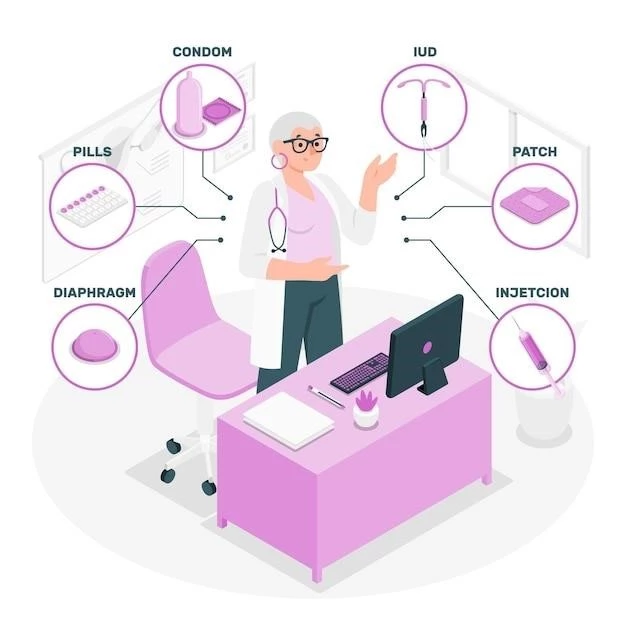Overview of Yersiniosis
Yersiniosis is a bacterial infection resulting from consuming raw or undercooked pork, leading to fever, diarrhea, and abdominal pain.
Definition and Causes
Yersiniosis is an infectious disease of the gastrointestinal tract caused by bacteria of the genus Yersinia. It is primarily transmitted through the consumption of contaminated food or water. The main causative agents are Yersinia enterocolitica and Yersinia pseudotuberculosis, with symptoms including fever, diarrhea, and abdominal pain.
Symptoms and Complications of Yersiniosis
Yersiniosis typically presents symptoms such as fever, diarrhea, and abdominal pain, with potential complications if left untreated.
Common Symptoms
Yersiniosis commonly manifests with symptoms such as fever, diarrhea, and abdominal pain. In some cases, individuals may experience bloody diarrhea and mesenteric lymphadenitis, which can mimic appendicitis.
Long-Term Effects and Complications
In some cases, Yersiniosis can lead to chronic enterocolitis, lasting several months, with potential long-term effects if left unmanaged. Complications may include lower abdominal pain that can mimic other conditions.

Diagnosis of Yersiniosis
Diagnosing Yersiniosis involves analyzing symptoms, conducting stool cultures, and possibly blood tests for bacterial presence.
Methods for Diagnosis
Diagnosing Yersiniosis typically involves analyzing symptoms, conducting stool cultures for bacterial presence, and sometimes using blood tests to confirm the infection.
Treatment of Yersiniosis
Treating Yersiniosis involves medical interventions to manage symptoms and potential complications, along with antibiotic therapy if necessary.
Medical Interventions
Treatment of Yersiniosis may involve medical interventions to manage symptoms such as fever and abdominal pain. In severe cases, medical care is necessary to prevent complications.
Antibiotic Therapy
When necessary, Yersiniosis can be treated with antibiotic therapy to eliminate the bacterial infection and prevent complications. The choice of antibiotics may vary based on the severity of the case and the specific strain of Yersinia bacteria involved.

Prevention of Yersiniosis
Preventing Yersiniosis involves implementing food safety measures such as proper cooking of pork and practicing good hygiene, including handwashing.
Food Safety Measures
Prevention strategies for Yersiniosis include thorough cooking of pork, proper food handling practices, and maintaining good hygiene to reduce the risk of contamination and transmission of Yersinia bacteria.
Hygiene Practices
In addition to food safety measures, Yersiniosis prevention involves good hygiene practices like proper handwashing after handling raw meat and maintaining a clean kitchen environment to minimize bacterial contamination.
Epidemiology of Yersiniosis
Yersiniosis is primarily transmitted through the consumption of contaminated food, particularly pork products, and is caused by the bacteria Yersinia enterocolitica or Yersinia pseudotuberculosis. The incidence of Yersiniosis varies globally, with certain regions reporting higher numbers of cases, especially in high-risk groups.
Global Incidence
Yersiniosis demonstrates varying global incidence rates, with transmission predominantly linked to contaminated food sources, particularly pork products. Regions may report differing rates of infection, highlighting the need for awareness and preventive measures.
Specific populations, such as young children, older adults, and individuals with weakened immune systems, are considered high-risk groups for acquiring Yersiniosis due to their increased susceptibility to bacterial infections. Implementing preventive measures is crucial to protect these vulnerable individuals from the disease.
Yersinia enterocolitica and Yersinia pseudotuberculosis
The bacterial species Yersinia enterocolitica and Yersinia pseudotuberculosis are responsible for causing Yersiniosis, a gastrointestinal disease with symptoms like fever, diarrhea, and stomach pain.
Individuals at higher risk of contracting Yersiniosis include young children, elderly individuals, and those with weakened immune systems, as they are more susceptible to bacterial infections. Implementing preventive measures is essential to protect these vulnerable groups from the disease.
Sources of Yersiniosis Infection
Yersiniosis primarily results from consuming contaminated food, especially undercooked pork, or through contact with infected animals or individuals.
High-Risk Groups
Specific populations, such as young children, the elderly, and individuals with weakened immune systems, are considered high-risk groups for Yersiniosis due to their increased vulnerability to bacterial infections. Implementing preventive measures is crucial to protect these at-risk individuals from contracting the disease.
Research and Development in Yersiniosis
Studies in the field of Yersiniosis focus on fish immunology and vaccination. Early research described relevant cells and organs in fish before moving on to functional studies and vaccine development.
Vaccination Studies
Research on vaccination for Yersiniosis focuses on fish immunology, with early studies describing fish cells and organs, leading to functional studies on immunity and the development of effective vaccine strategies over the years.
Public Health Measures for Yersiniosis
Public health efforts against Yersiniosis include poison prevention awareness and promoting safe food practices to avoid bacterial contamination, protecting individuals and communities from the risks associated with the disease.
Awareness Campaigns
Efforts to raise awareness about Yersiniosis aim to educate the public on the risks associated with consuming contaminated food and promote safe food handling practices. Poison prevention campaigns highlight the importance of proper food preparation and hygiene to prevent bacterial contamination and reduce the spread of the disease.
Surveillance and Reporting of Yersiniosis Cases
Surveillance and reporting of Yersiniosis cases involve monitoring and documenting infections to track trends and implement effective public health interventions, ensuring the timely management of outbreaks and prevention strategies.
Importance of Monitoring
Monitoring and surveillance of Yersiniosis cases are crucial for tracking disease patterns, implementing targeted interventions, and preventing the spread of infections. Timely monitoring helps public health authorities identify outbreaks, implement appropriate control measures, and protect the community from the risks associated with Yersiniosis.
Comparison with Other Gastrointestinal Infections
When comparing Yersiniosis with other gastrointestinal infections, it is important to note the distinctive symptoms and transmission methods that differentiate this bacterial infection from other common gastrointestinal illnesses.
Distinguishing Features
When comparing Yersiniosis with other gastrointestinal infections, it is crucial to note the specific symptoms and transmission routes associated with this bacterial disease that set it apart from common gastrointestinal illnesses. Understanding these unique features aids in accurate diagnosis and appropriate treatment.
Impact of Yersiniosis on Public Health
The bacterial infection Yersiniosis poses a public health concern due to its potential to cause fever, diarrhea, and abdominal pain, impacting individuals and communities. Proper prevention strategies are essential to mitigate its effects on public health.
Economic Burden
The economic burden of Yersiniosis involves healthcare costs, productivity losses, and expenses related to managing outbreaks and implementing control measures. By understanding the economic impact of the disease, public health authorities can better allocate resources to prevent and manage Yersiniosis effectively.
Recent Developments in Yersiniosis Treatment
Recent advancements in treating Yersiniosis have focused on understanding fish immunology, particularly cells and organs, and developing effective vaccine strategies against the infection, enhancing protection against Yersinia bacteria.
Novel Therapeutic Approaches
Recent advancements in treating Yersiniosis include focusing on fish immunology to develop effective vaccine strategies, enhancing protection against Yersinia bacteria. This approach aims to combat the infection and reduce the impact of Yersiniosis on public health.
Future Perspectives on Yersiniosis Control
Future strategies for controlling Yersiniosis involve advancing vaccine development based on fish immunology research to enhance protection against Yersinia bacteria and reduce the prevalence of the infection, ultimately improving public health outcomes.
Emerging Challenges and Opportunities
The evolving landscape of Yersiniosis poses both challenges and opportunities in advancing vaccine strategies towards enhanced protection against Yersinia bacteria. By addressing emerging challenges effectively, there is an opportunity to improve prevention methods and control measures, ultimately impacting the management and outcomes of Yersiniosis cases.
